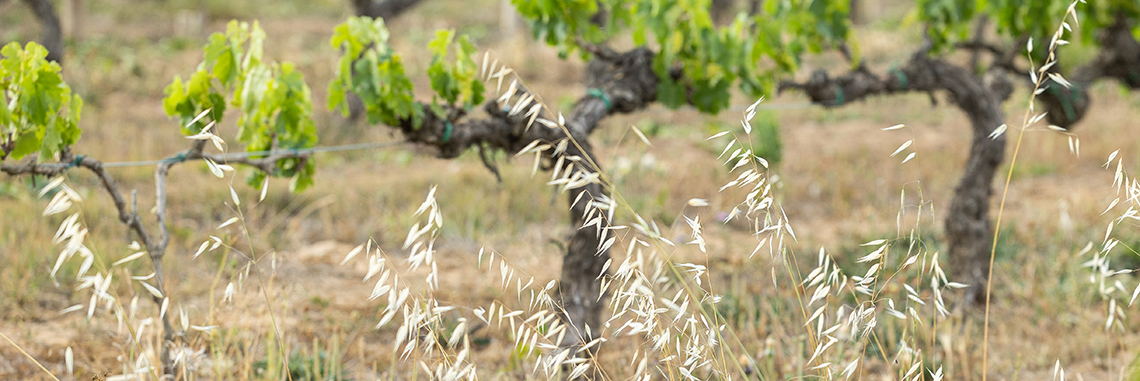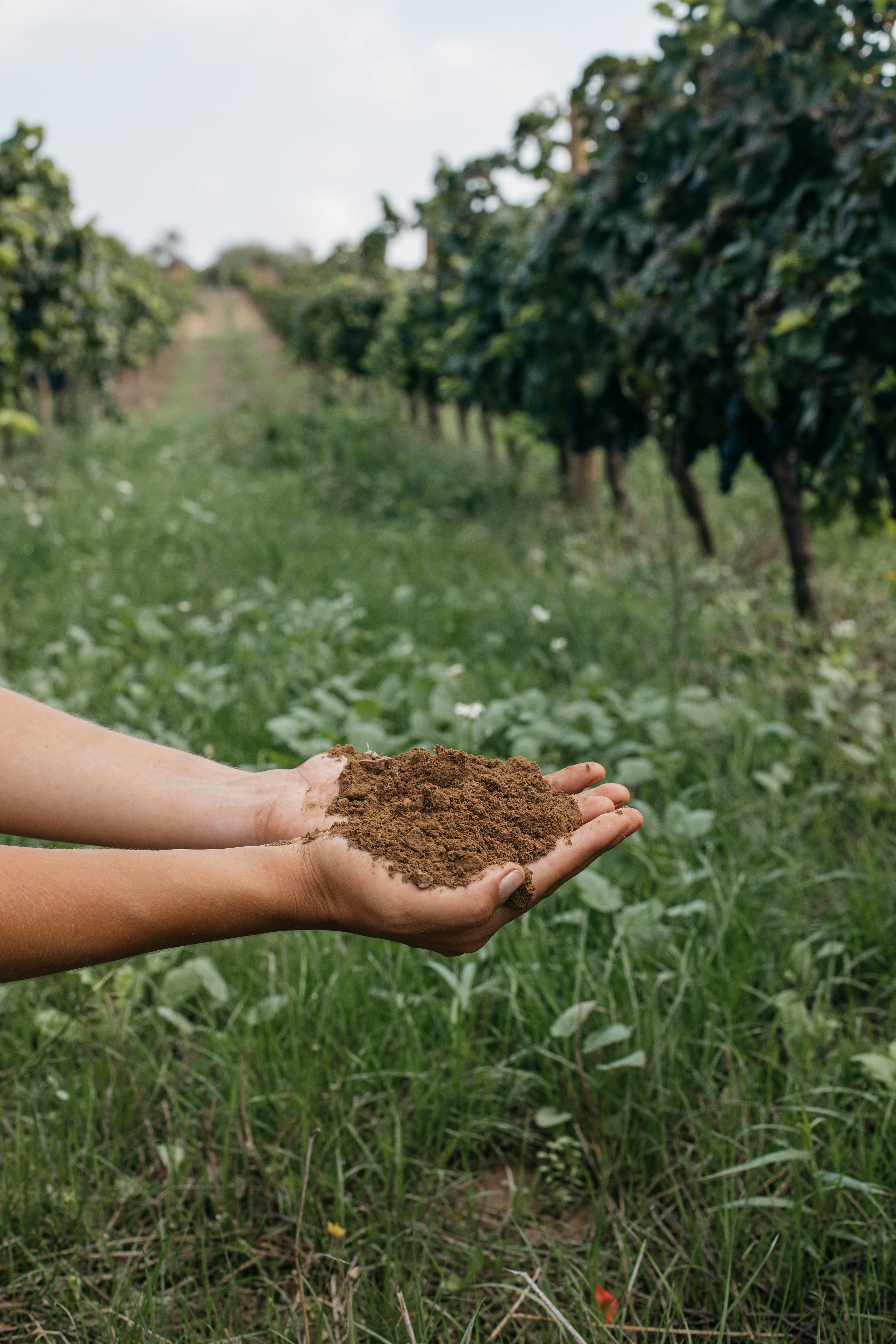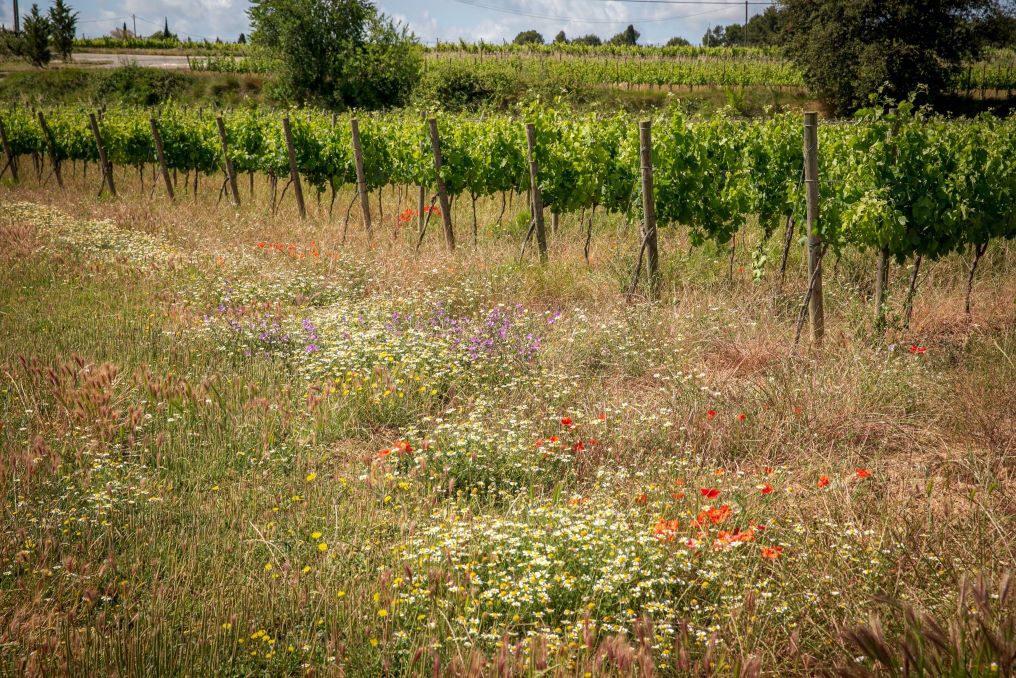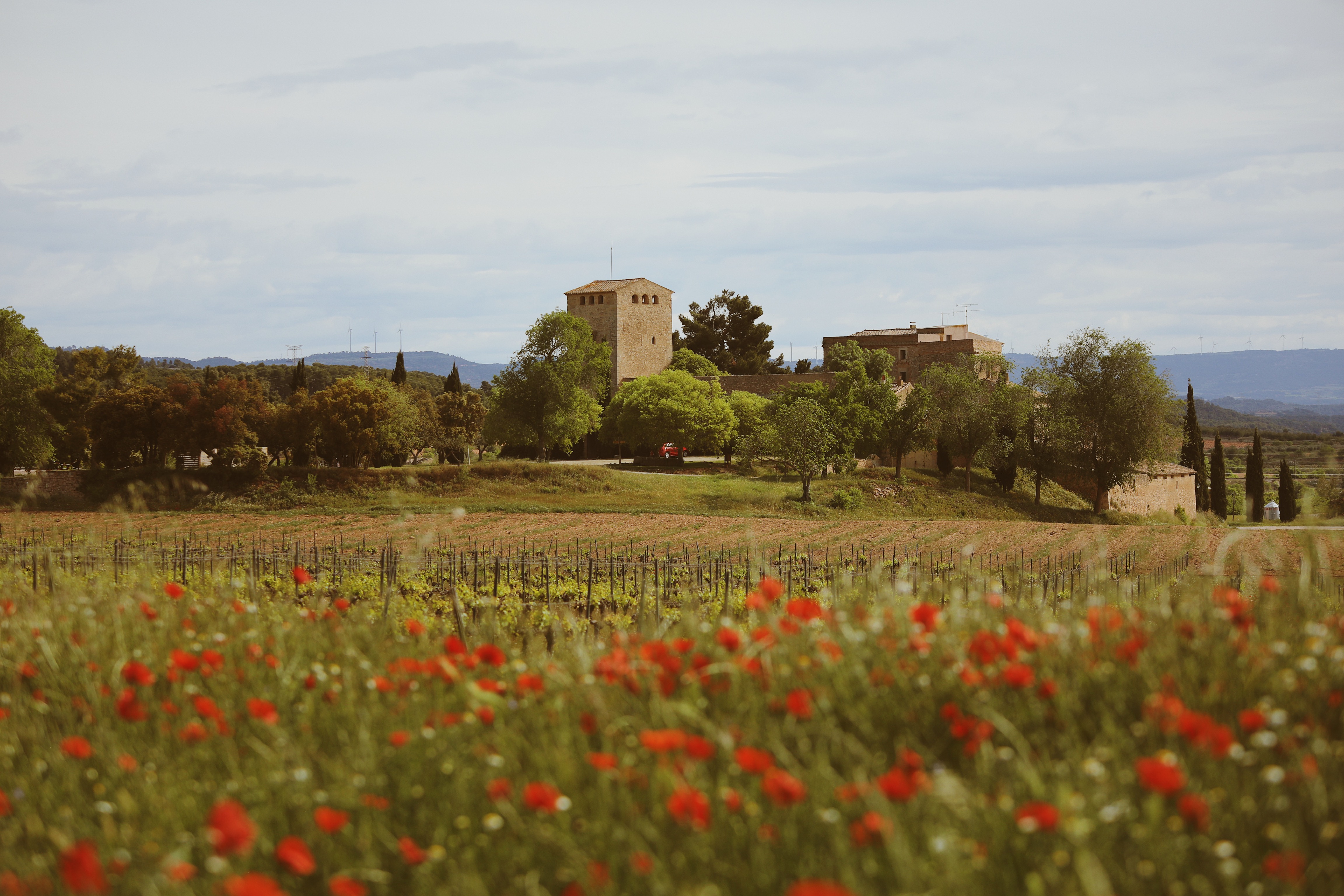The Importance of Soil Conservation

By Toni Ulled, environmental journalist (beeletter.org)
Soil is the base for life on Earth. Not only does it sustain biodiversity and food production, but the soil also regulates the water and carbon cycles, thereby playing a crucial role in the ecological balance and the fight against climate change. However, this vital resource is increasingly under threat from degradation and desertification.
Desertification is a process whereby fertile soil transforms into arid, unproductive land, which has serious consequences for farming, the availability of water, and socioeconomic stability. Accelerating this process are factors such as deforestation, intensive agriculture, pollution, and climate change, putting the sustenance of millions of people across the globe at risk.
The situation is especially alarming in Spain. In Europe, it is the country with the highest risk of desertification: more than 9 million hectares are already categorized as high or very high-risk zones, primarily in the southern third of the country and the Balearic and Canary Islands. Furthermore, a third of the country’s territory is suffering from serious or very serious erosion, losing soil at a rate beyond what is deemed “tolerable” in nine autonomous communities. Millions of tons of fertile soil are lost every year, thereby endangering biodiversity and food security.
The United Nation warns that one third of the world’s soils are already degraded with an annual loss of 24 billion tons of fertile soil due to erosion. Considering these facts, soil conservation is not only an environmental question, but a priority to ensure our future. Below I will explain 14 points to better understand soil, what is being done right and wrong, and what actions we, as individuals, can take:
What is soil?
Soil is the base for life on Earth. It is composed of minerals, organic matter, water, air, and living organisms that work in concert with one another to sustain ecosystems and crops. Although it might seem immutable, it is actually a fragile resource that takes centuries to regenerate.

Hands holding soil in the vineyard
An endangered resource
Soil degradation is advancing at an alarming rate. Deforestation, intensive farming, pollution, and climate change are affecting soil quality, reducing its fertility and increasing the risk of desertification.
Soil degradation in numbers
According to the UN, a third of the world’s soils are already degraded, and every year, we lose 24 billion tons of fertile soil to erosion. In Spain, more than 20% of the country is at risk of desertification, exacting a serious toll on biodiversity and agriculture.
Soil health and the environment
Healthy soils are fundamental for life on this planet. Soil fertility ensures food production, its biodiversity sustains the ecological balance, and its capacity to store carbon helps mitigate climate change. Furthermore, soil structure is crucial for storing water and preventing erosion.

The Mas La Plana Vineyard, a Familia Torres property, located in Pacs del Penedès (Barcelona)
The impact of soil on climate change
Soils store vast amounts of carbon, thereby helping to regulate the climate. When they degrade, they release CO2 into the atmosphere, contributing to global warming. Protecting the soil is therefore crucial to halting climate change.
Soil and water: a vital relationship
The soil acts as a natural filter that retains and purifies water. Soil compaction or plant cover loss lower the soil’s capacity to absorb water, thereby increasing the risk of flooding and decreasing the availability of drinking water.
Cities and soils: a necessary balance
Uncontrolled urban expansion seals the soil in concrete and asphalt, thereby hindering its natural function. Integrating green areas and permeable soils in cities are key solutions to reduce overheating and improve water management.
Soil and wine
Soil quality is a decisive factor in wine production. Its composition, water storage and drainage capacity influence the flavour and characteristics of wine. In wine regions like La Rioja and Priorat, soil conservation is fundamental to maintaining their excellent harvests.
The role of sustainable agriculture
Responsible farming practices can aid soil conservation. Methods such as crop rotation, the use of natural fertilizers, and agroecology improve soil fertility and prevent erosion.

Milmanda Vineyard, a Familia Torres property, located in Vimbodí i Poblet (Tarragona)
How to protect the soil
To protect this vital resource, certain actions are key, such as reforestation, reducing the use of chemical inputs in farming, the conservation of wetlands, and environmental education. Protecting the soil means protecting life.
Other actions to save our soils
Implementing techniques such as composting, regenerative agriculture, and permanent plant covers can improve soil quality and prevent its degradation. Reducing soil over-exploitation is also of utmost importance, as is the move towards sustainable production models.
Initiatives and organizations dedicated to the soil
Governments, NGOs, and activists are fighting to protect this resource. Organizations like the FAO, the UN Convention to Combat Desertification and local soil restoration projects aim to revive soils and promote sustainable practices.
A Spanish initiative
In Spain, the Global Nature Foundation has developed soil recovery projects in degraded ecosystems, promoting sustainable farming practices and reforestation in vulnerable areas. These efforts have resulted in improved soil fertility and brought desertification to a halt in various regions throughout the country.
What we can do as individuals
Every person can contribute to soil conservation in small ways: choosing organic products, reducing food waste, supporting reforestation, and generating awareness about the importance of this resource. The sum of these efforts makes the difference.
As we can see, despite the magnitude of the problem, solutions do exist. Restoring soils is possible through sustainable practices like reforestation, regenerative agriculture, and the conservation of wetlands. Projects in Spain, such as those helmed by the Global Nature Foundation, have shown that soil degradation is reversible through the restoration of ecosystems and the promotion of responsible farming methods.
Vitoria-Gasteiz provides a prime example of sustainable urban planning. Its green belt has improved soil quality, reduced erosion, and increased biodiversity, proving that local action can generate a positive impact on a larger scale.
Every individual can also help protect the soil. We can choose organic products, reduce food waste, support reforestation, and promote sustainable production models – actions which, taken together, can make a difference.
Soil is life, and its conservation is an obligation in order to guarantee the well-being of future generations. We are still in time to reverse the damage and build a more sustainable future for all.
